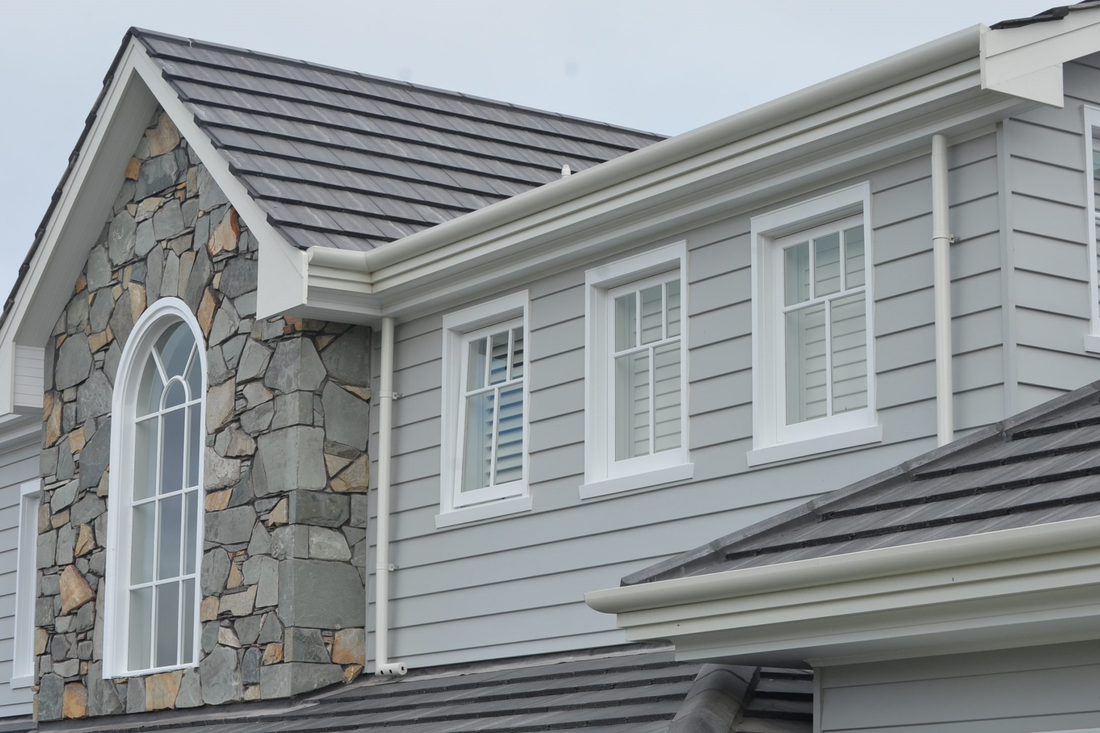BGC Nuline cladding is a versatile and durable option for adding an attractive finish to residential and commercial buildings. To ensure a successful and long-lasting installation, it's crucial to follow the manufacturer's guidelines. Below is a brief guide on how to install BGC Nuline cladding, along with some handy tips and tricks.
You can find a video guide on this product by clicking here.
Additionally, the product technical brochure can be found on the following link:
Materials and Tools You'll Need:
Before you begin the installation process, gather the following materials and tools:
- BGC Nuline cladding sheets
- Appropriate fasteners (as recommended by BGC)
- BGC joint sealant or adhesive (if required)
- Appropriate flashing materials
- Circular saw with a dust extraction system
- Straight edge or cutting guide
- Safety equipment (gloves, safety glasses, dust mask, ear protection)
- Screw gun or nail gun
- Tape measure
- Spirit level
- Carpenter's square
- Caulking gun
- Sealant for gaps and joints
You can find our range of Nuline planks and accessories here.
Installation Steps:
-
Preparation: Ensure that the substrate (the surface to which you'll attach the cladding) is clean, dry, and structurally sound. Check for any protruding nails, screws, or debris and remove them.
-
Flashing: Install appropriate flashing materials around windows, doors, and other openings to prevent moisture intrusion. Flashings should be correctly integrated with the cladding.
-
Measuring and Cutting: Measure the cladding sheets and mark the desired dimensions. Use a circular saw with a dust extraction system for a clean and precise cut. Always wear appropriate safety gear when cutting.
-
Fastening: Attach the cladding sheets to the substrate using the recommended fasteners. Ensure that sheets are correctly spaced and leveled. Fasteners should be installed according to BGC's guidelines to achieve the desired look and structural integrity.
-
Sealing Joints: Apply BGC joint sealant or adhesive to joints and edges where required. This helps to ensure a weather-tight and secure installation.
-
Finishing: After installation, inspect the cladding for any visible gaps, seams, or defects. Use sealant to fill any gaps or joints that may have opened up during the installation process.
-
Painting or Coating: BGC Nuline cladding may come pre-primed or pre-finished, but it's essential to paint or finish it as per the manufacturer's recommendations. Follow proper painting or coating procedures to protect the cladding and achieve the desired aesthetic.
Tips and Tricks:
-
Follow Manufacturer's Instructions: Always adhere to BGC's installation guidelines and recommendations. These guidelines are designed to ensure a successful installation.
-
Precision Matters: Take your time with measurements and cuts to achieve a precise fit. A straight edge or cutting guide can help you make accurate cuts.
-
Safety First: Use appropriate safety gear when working with power tools and wear protective equipment. Fibre cement dust can be harmful, so wear a dust mask and work in a well-ventilated area.
-
Check Local Regulations: Before installation, be aware of any local building codes or regulations that may apply to cladding installations. Compliance is essential.
-
Professional Help: If you're not confident in your DIY skills, consider hiring a professional contractor with experience in fibre cement cladding installation.
By following these installation steps and heeding these tips and tricks, you can achieve a successful and durable installation of BGC Nuline cladding, enhancing the appearance and durability of your building's exterior.

